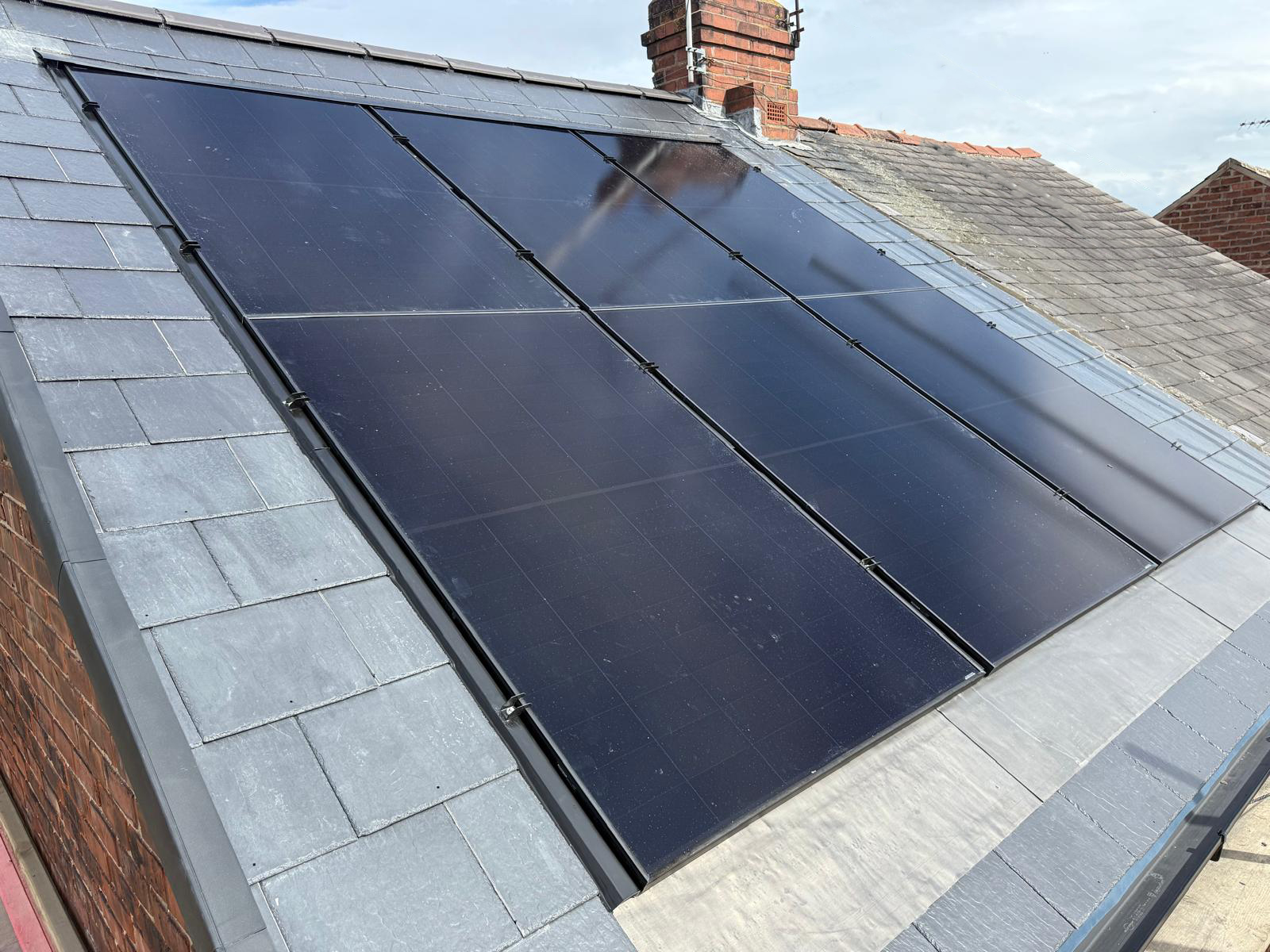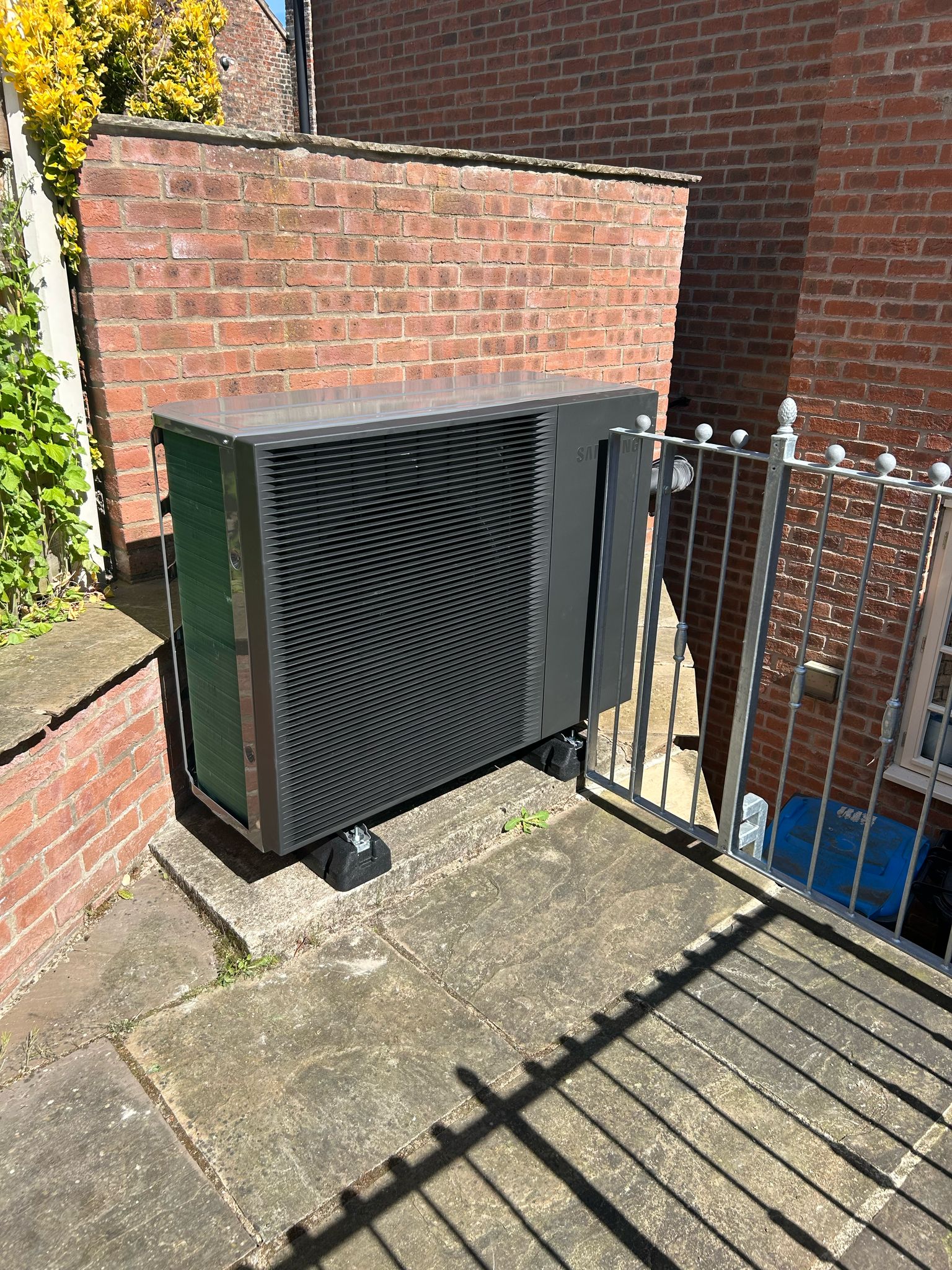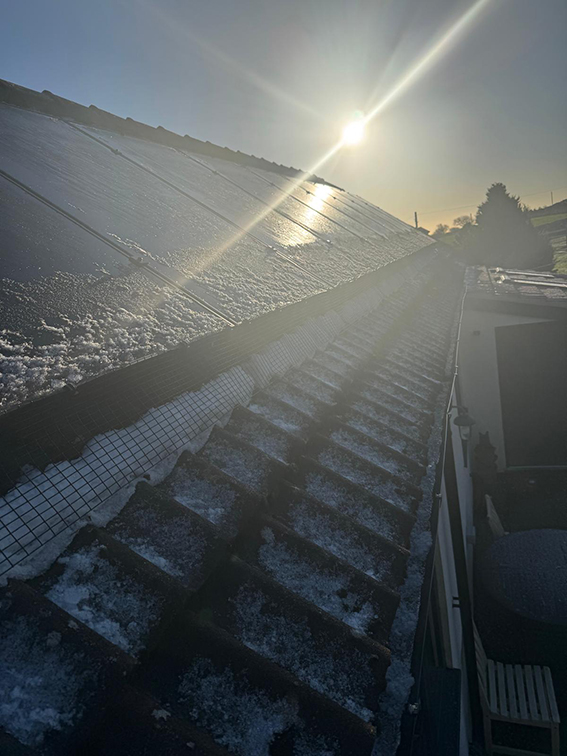
How to Clean and Maintain Your Solar Panels
Solar panels are the workhorses of any PV system.
They last for decades and you’ll replace a few inverters and batteries before you need to replace any panels.
But, even though panels are relatively maintenance free, you will have to clean them occasionally.
When to clean your solar panels
In domestic installations the panels can usually be found on the roof.
That means they don’t suffer from the kind of soiling ground-based systems do and they are cleaned by the occasional downpour.
The kind of things that can cause problems in terms of soiling roof mounted solar panels are bird mess, tree sap and animal damage.
If you are in an area that experiences these sorts of things regularly, then we would suggest employing a profession whenever you notice a problem.
That could mean employing a local window cleaner and, under normal conditions, we suggest a good clean every 12 months.
You certainly don’t need to be climbing about on the roof with a flannel and some Mr Muscle – in fact, we actively discourage customers from cleaning their own panels by hand.
Cleaning solar panels
The watchword here is ‘carefully’ – your panels are mounted in a way that makes them as efficient as possible, so you don’t want to dislodge or move anything.
Scratches in the glass, dings in the coating or changing the angle of the panel will reduce its efficiency.
So, a soft bristled brush, sponge or cloth should be used with warm soapy water to remove any dirt or grime.
At the end of the day, the bit of a panel that needs cleaning is coated glass, so using a bit of common sense will keep yours in good condition.
To sum up:
Don’t put too much pressure on the glass
Don’t use an abrasive cloth or brush
No wire wool!
Try to avoid harsh chemicals
Try letting nature do the hard work
Get a long-handled brush to clean from the floor
Or, better than that, employ of pro
The best way to ensure panels are efficient
Panels must be clean, but they also have to be fitted right and maintained well.
Follow these simple steps to make sure your system is happy and your panels are performing.
Pay attention to your App
When you first get your system, you won’t be able to stop looking at your App to see what you are generating and how much you are saving.
But like with all new things, we get used to having a PV system, and stop checking. We recommend you check the app daily, not to get a thrill but to ensure everything is behaving and the system is working at full capacity.
Check the shading
When your system was designed and fitted, the installers will have taken all permanent shading into account. But, trees grow, neighbours get extensions, and you may even get a bigger chimney or similar. All these things need addressing if they affect your panels.
Look at generation
While the app will tell you if the system is working ok, it won’t flag up a drop in generation unless you have a fault somewhere. So, keep an eye on what you are outputting from the panels. Small fluctuations can be expected on a daily basis but if you see a big drop off for a few days, and can’t blame the weather, you need to investigate.
Monitor Apps and Extras
The App your inverter manufacturer provides is usually all you need to keep track of your generation. But if you want extra peace of mind, you can set up other types of monitoring on your battery, supply and panels.
Animal damage
Little critters can cause big damage if they get in and about your panels. Solar PV panels can get quite warm, relatively speaking, so rodents, birds and small mammals may want to hide out under them in winter. Birds can nest under them; other animals can use them for shelter. A simple fix for this though is bird guard – and it’s best to get that fitted when you first install the system.
Solar panel lifespan
You know when you watch a program or film about life after an apocalypse, they always have solar panels on their dwellings? Well, that because panels last forever!
Well, not forever, but for decades.
The manufacturers usually attached a 25-year product warranty and a 30-year performance warranty to any panels they sell – and they certainly wouldn’t do that unless they thought it was safe to do so.
Truth is, panels have no moving parts, need barely any maintenance and get on with the job of generating electricity in a very passive way.
The only thing that happens inside the panels is the cells start to degrade, losing about 0.5% to 0.8% of their efficiency every year.
That means that after 25 years they have dropped below an acceptable generation level for a domestic solar system – but they will keep generating for decades after that.
Make sure your app is up to date
The monitoring app is your first port of call when it comes to keeping track of your PV system.
It’s the one thing that is your responsibility to keep up to date.
It’s nothing to do with your installer, it’s connected directly to your inverter and any changes to the function will be handed in the app.
Manufacturers will constantly try to improve their apps – sometimes it’s great, sometimes it’s not!
But you need to make sure your app is working, telling the truth and up-to-date.
That way you can keep an eye on your whole system and just on any problems as soon as they happen.


